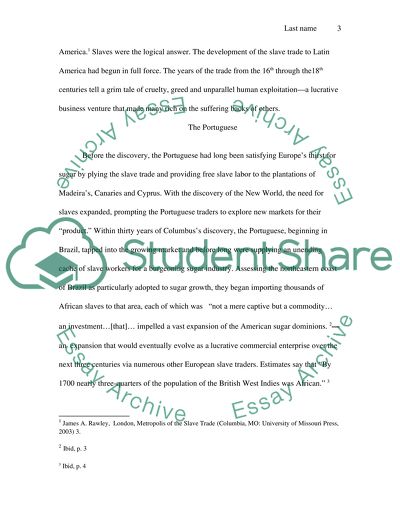Cite this document
(“The slave trade in Latin America. Profit and human misery Research Paper”, n.d.)
Retrieved from https://studentshare.org/history/1411388-what-was-it-like-to-be-on-a-slave-ship-during-the
Retrieved from https://studentshare.org/history/1411388-what-was-it-like-to-be-on-a-slave-ship-during-the
(The Slave Trade in Latin America. Profit and Human Misery Research Paper)
https://studentshare.org/history/1411388-what-was-it-like-to-be-on-a-slave-ship-during-the.
https://studentshare.org/history/1411388-what-was-it-like-to-be-on-a-slave-ship-during-the.
“The Slave Trade in Latin America. Profit and Human Misery Research Paper”, n.d. https://studentshare.org/history/1411388-what-was-it-like-to-be-on-a-slave-ship-during-the.


